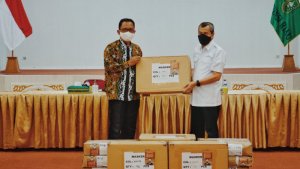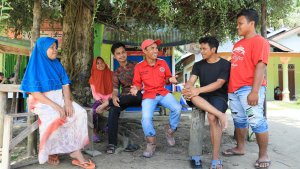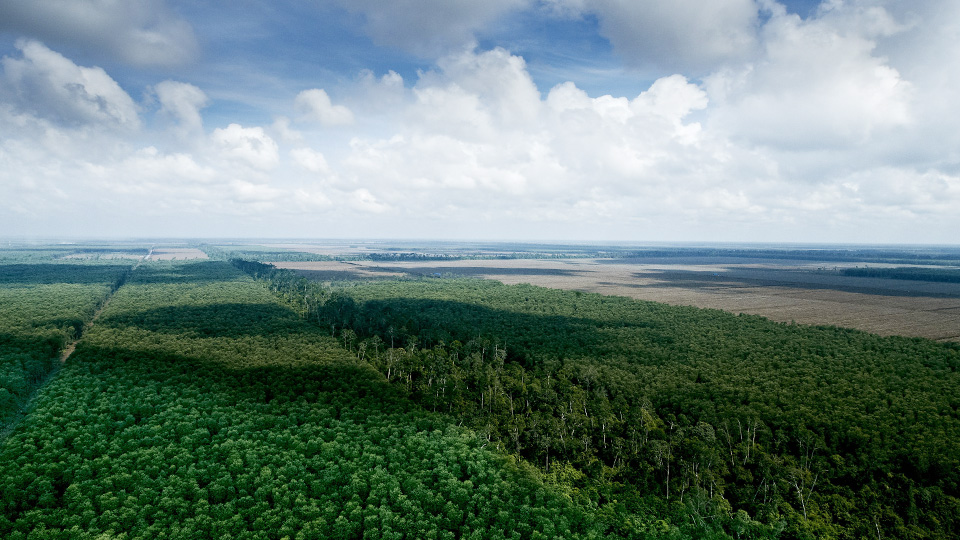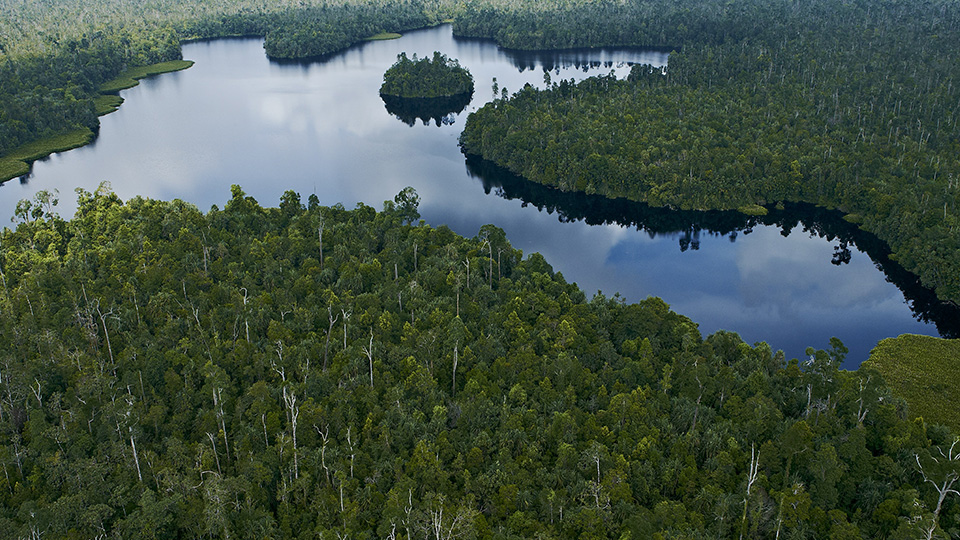How paper is made
- Details
Despite increasing digitalization, paper plays a key role in our everyday lives, from facial tissues to the packaging your latest online purchase arrives in.
But have you ever wondered how paper is made?
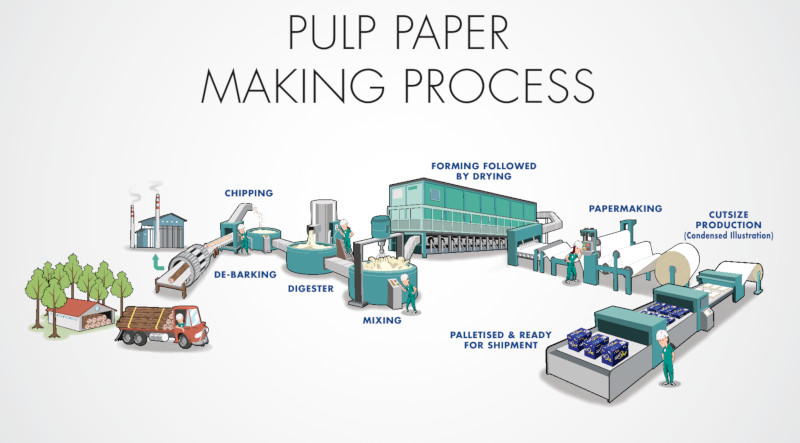
"As one of the world’s largest producers of sustainable pulp and paper, APRIL Group helps create products that are used by millions of people every day in liquid packaging, printing and writing paper, tissues, shopping bags, food packaging, magazines and books.
Here’s how paper is made step by step
STEP 1 - Tissue culture
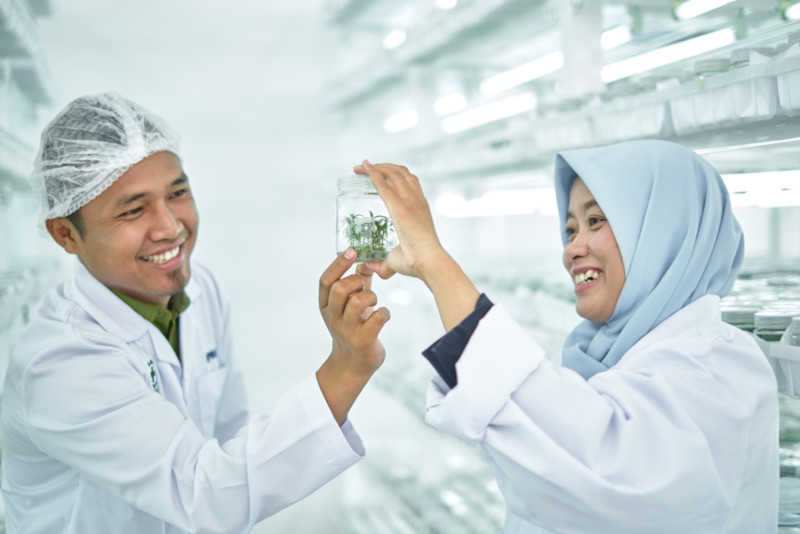
The journey begins in our tissue culture lab, where our scientists clone our best trees – those with good fiber properties and that are resistant to pests and diseases. These samples go on to the multiplication stage, where each shoot is used to produce thousands of individual seedlings.
The best of these go on to the elongation stage where they grow into plantlets, which are strong enough to survive outdoors
STEP 2- Nursery

The next stop is the nursery, where the tissue culture plantlets, together with cuttings produced in the nursery, are grow into saplings that are about 20-26cm high over the course of approximately two months. During this time they receive careful attention from our nursery staff to ensure they grow well. In fact, our nurseries produce around 200 million seedlings every year.
STEP 3 - Renewable plantations
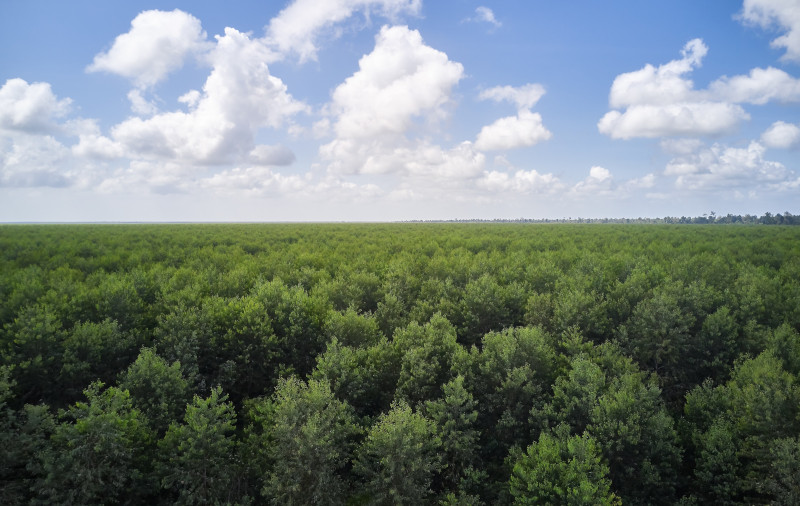
Next, they are moved to our renewable plantations, where they will grow for the next five to six years, using CO2 as a raw material and providing oxygen to the air until they are ready for harvest. Our plantations are governed by our Sustainable Forest Management Policy 2.0, which prevents clearing of new land and commits APRIL to matching each hectare of plantation forest with one hectare of conservation forest.
After harvest, the plantations will be planted with new saplings and the cycle begins again.
STEP 4 - Pulp and paper manufacturing process
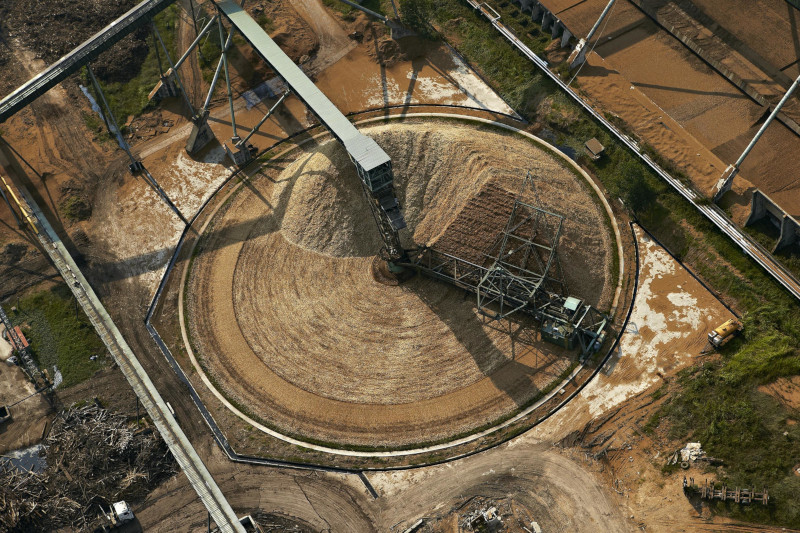
The harvested logs are then transported to our pulp mill - one of the largest and most efficient in the world - where they are fed into the debarking drum, which removes the bark and dirt which would make the wood harder to process.
The debarked logs then go into the wood chipper where they are broken into small pieces – ideally 7-45mm long and less than 8mm thick.
The wood chips are fed into the digester, where they are treated and then cooked at a temperature of 170ºC, to undo the natural glue which bonds wood fibers together.
At this point, the mixture is pulp, which can be dried into high volume products like newsprint. But to produce higher quality products like writing paper, it still needs some work.
STEP 5- Paper making process
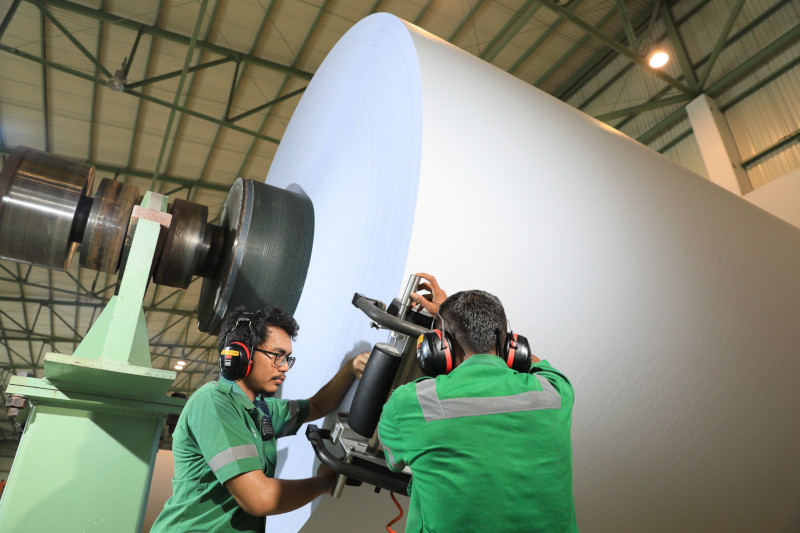
The pulp is fed into our paper making machine, which stretches almost four times the length of an Olympic swimming pool.
It passes through the machine at around 90km/h as it is heated to remove excess water while being flattened into sheets.
Then, in the finishing process, a special coating is used that makes it smooth, glossy and ideal for printing.
The paper is then wound onto jumbo reels that are 8.5m wide.
Depending on the final product, it is then cut into the appropriate size, packaged, and shipped to customers. In the case of our flagship PaperOne brand, we export to customers in more than 70 countries around the world.
All our products are certified by the Programme for the Endorsement of Forest Certification, or PEFC, and help create jobs and economic opportunities in Riau Province in Indonesia, where our contribution has been estimated at more than 8% of the area’s non-oil and gas GDP.
Why is sustainable paper production important?
APRIL strives for a circular production process, where ingredients are recycled and waste is minimized. The wood chip cooking process results in a by-product called black liquor, which can be processed into white liquor and used in the pulp production process. The excess gases from this process are captured to produce methanol, a renewable energy source that is used to fuel our mill.
Black liquor can also be used in our recovery boiler as a biofuel, along with bark and other organic material left over from the production process. That enabled us to generate 79% of all our energy needs from renewable sources in 2019.
Water also plays a key role in the paper making process. APRIL has invested in state-of-the-art water recycling and processing facilities to minimize our environmental impact, recycling 90 per cent of our general water usage, and returning 78 per cent to the river it’s carefully treated.
FAQs:
What is paper made out of?
The main ingredient in APRIL’s paper is wood grown sustainably in our renewable plantations. Other raw materials include sunlight and CO2.
What is PEFC certification?
The Programme for the Endorsement of Forest Certification, or PEFC, is an international, non-profit and non-governmental organisation that provides independent third-party certification to ensure sustainable use of forest resources.
More Articles

